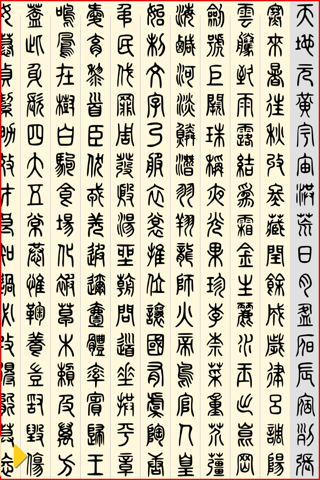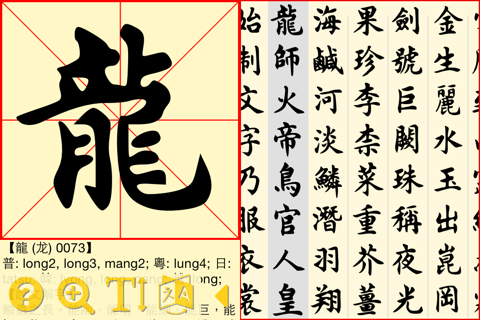
This App is ideal for learners around the world who are interested in learning or mastering Chinese Characters (Hanzi) in four styles by WangXizhi.
WangXizhi (Chinese: 王羲之, 303–361) was a Chinese calligrapher, traditionally referred to as the Sage of Calligraphy (書聖), lived in Jin Dynasty (265–420).
The Thousand Character Classic (千字文) is a Chinese poem used as a primer for teaching Chinese characters to children. It contains exactly one thousand unique characters. It is said that Emperor Wu of the Liang Dynasty (r. 502-549) made 周興嗣 (Chow Hing-Ji) compose this poem for his prince to practice calligraphy. The original title of the poem was 《次韻王羲之書千字》 and it is sung in the same way in which children learning Latin alphabet writing do with the "alphabet song".
The Thousand Character Classic is composed of 250 phrases of 4 characters each from "天地玄黃" (jyutping: tin1 dei6 jyun4 wong4, pinyin: tiān dì xuán huáng) to "焉哉乎也" (jyutping: yin1 zoi1 fu1 jaa5, pinyin: yān zāi hū yě). It was selected among the calligraphies of 王羲之 (Wang Xizhi), one of the finest calligraphers in China, and composed by Zhou Xingsi, who lived from 470 to 521 in the Liang country in the Southern Dynasty period. The characters of the poem were sometimes used to represent the numbers from 1 through 1000.



